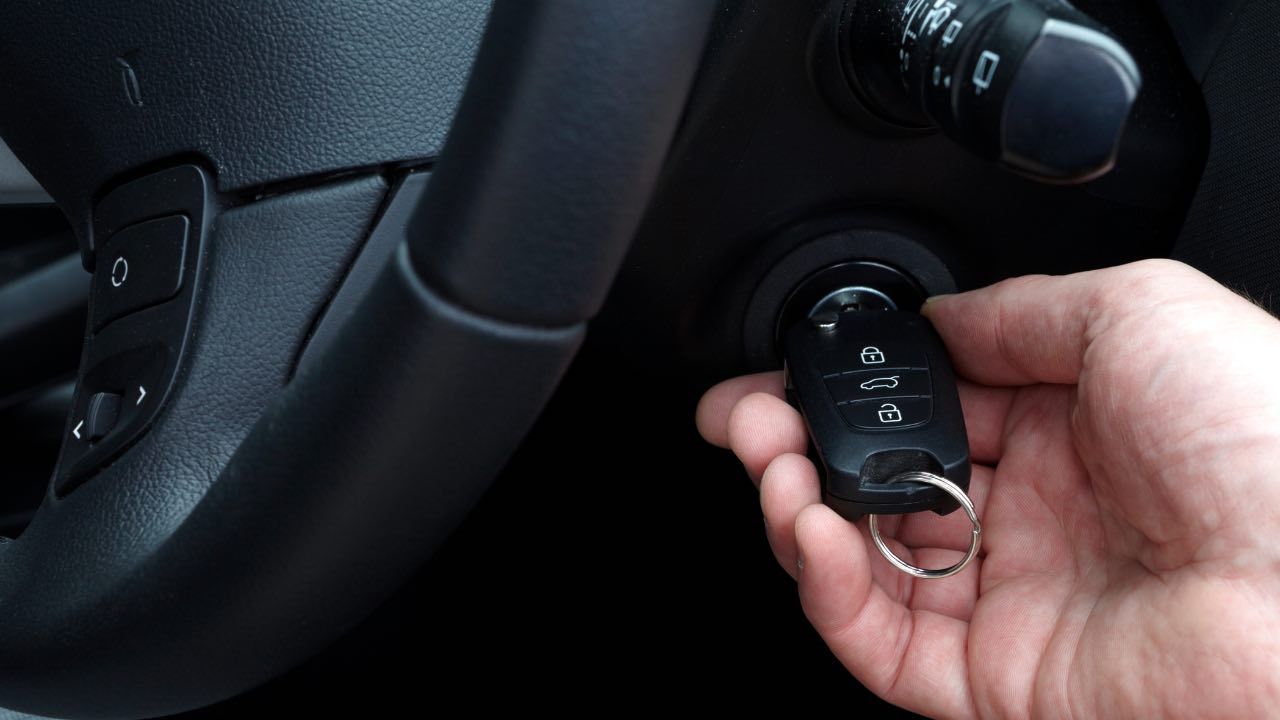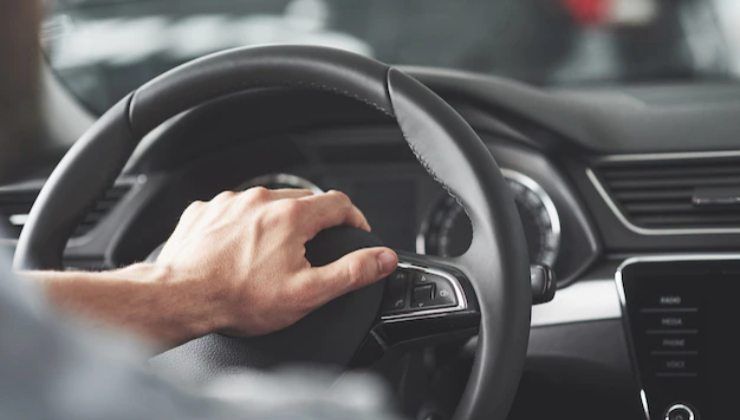Many people believe in certain things, thinking they can be beneficial for the perfect functioning of their car. In reality, in many cases the common thought can have counterproductive effects on the engine of your car. What must you do when starting the engine and, therefore, when setting off? Here’s everything you need to know about it.

There are some popular beliefs that in the past could have been fine, while today they could, in some cases, even be counterproductive to your new car. We refer to the things to do once you get in the car. Some steps, in fact, must be absolutely avoided in order not to have problems of any kind.
In the warm months of the year there is absolutely no problem with departure. You can immediately start the car and go. But in the winter months – especially if the temperatures are close to 0° – the risk of making wrong moves is always around the corner.
When you get into your car early in the morning to go to work in winter, it is very cold inside. Furthermore, the tendency is to start the engine and wait several minutes before hitting the road.
But why is this move not correct for new generation machines? Here’s what you need to know about it in order not to compromise the performance of your car.
Car, how long to wait before leaving in the winter months? Here’s what you need to know
In the cold months there are several procedures to follow, such as fitting winter tires from November 15th to April 15th. Alternatively, you must always have approved snow chains in the boot. But what do you have to do when leaving in the morning after a long freezing night or after a snowfall? Here are the details so you don’t get it wrong.

The cars of the past needed to be turned on for several minutes, in order to warm up the engine and the whole system. For new generation cars, on the other hand, this operation is completely wrong. Indeed, the risk is that of compromising the correct functioning of the engine. But for what reason?
Many people believe that running the engine of a stationary car for several minutes can have benefits. In reality, this is not the case. In fact, even if your car is stationary and left on for more than 4 minutes, the fluids in the engine do not reach the temperature it would be useful for them to reach. This is due to the fact that a stopped machine will never generate the heat necessary for this operation.
The advice is to wait a maximum of 30 seconds and then leave immediately. In addition to avoiding dangerous and costly engine breakdowns, you will also minimize fuel consumption. In fact, a stationary and running car will consume much more than a moving car.

We are sure that after this article you will change your course during the winter months. The advice, in fact, is to start in the seconds following – or at the latest after 30 seconds – the ignition of the engine.



